| [1] Cotrel Y, Dubousset J. A new technic for segmental spinal osteosynthesis using the posterior approach. Rev Chir Orthop Reparatrice Appar Mot. 1984;70(6):489-494.[2] 李明,倪春鸿,侯铁胜,等.TSRH系统后路矫正青少年特发性脊柱侧凸(附36例初步报告)[J].中国矫形外科杂志, 2002,9(8):97-98.[3] Helenius I, Remes V, Yrjonen T, et al.Harrington and Cotrel-Dubousset Instrume-ntation in adolescent idiopathic scoliosis. Long-term functional and radiographic outcomes.J Bone Joint Surg Am.2003;85-A(12):2303-2309.[4] Saito T, Hasegawa-Moriyama M, Yoshinaga T, et al. A case of liver contusion during spinal operation for idiopathic scoliosis. Masui. 2015;64(4): 437-440.[5] He S, Bao H, Zhu Z, et al. Vertebral coplanar alignment technique: a surgical option for correction of adult thoracic idiopathic scoliosis. Eur Spine J. 2016;25(2): 417-423.[6] 辛大奇,霍洪军,胡侦明,等. Lenke 3型成人特发性脊柱侧凸有限元模型及胸椎钉道导靶模型的建立[J].中国组织工程研究,2015, 19(53):8597-8602.[7] 辛大奇,胡侦明,汉迪,等. Lenke 3型成人特发性脊柱侧凸有限元模的参数修正及有效性验证[J].中国组织工程研究,2017,21(31): 4975-4982. [8] Lenke LG, Betz RR, Harms J, et al.Adolescent idiopathic scoliosis: a new classification to determine extent of spinal arthrodesis.J Bone Joint Surg Am. 2001;83-A(8):1169-1181.[9] Qiu G, Zhang J, Wang Y, et al. A new operative classification of idiopathic scoliosis: a peking union medical college method.Spine (Phila Pa 1976). 2005;30(12):1419-1426.[10] 张伟,雷伟,吴子祥.膨胀式椎弓根螺钉的强度测试[J].科学技术与工程,2008,8(16):4635-4637+4653.[11] Clin J, Aubin CE, Parent S, et al. Biomechanical modeling of brace design. Stud Health Technol Inform. 2006; 12(3): 255-260.[12] Clin J, Aubin CE, Parent S, et al. Comparison of the biomechanical 3D efficiency of different brace designs for the treatment of scoliosis using a finite element model. Eur Spine J. 2010;19(7): 1169-1178.[13] Clin J, Aubin CE, Parent S, et al. Biomechanical modeling of brace treatment of scoliosis: effects of gravitational loads. Med Biol Eng Comput. 2011;49(7): 743-753.[14] Li XF, Liu ZD, Dai LY, et al. Dynamic response of the idiopathic scoliotic spine to axial cyclic loads. Spine (Phila Pa 1976). 2011;36(7): 521-528.[15] Salmingo R, Tadano S, Fujisaki K, et al. Corrective force analysis for scoliosis from implant rod deformation. Clin Biomech (Bristol, Avon). 2012;27(6): 545-550.[16] Halm H, Niemeyer T, Link T, et al.Segmental pedicle screw instrumentation in Idiop-athic thoracolumbar and lumbar scoliosis.Eur Spine J. 2000;9(3):191-197.[17] Wang Y, Fei Q, Qiu G, et al.Anterior spinal fusion versus posterior spinal fusion for moderate lumbar/thoracolumbar adolescent idiopathic scoliosis: a prospective study. Spine (Phila Pa 1976). 2008;33(20):2166-2172.[18] Dwyer AF, Schafer MF. Anterior approach to scoliosis. Results of treatment in fifty-one cases. J Bone Joint Surg Br. 1974; 56(2):218-224.[19] Zielke K, Pellin B.[New instruments and implants for supplementation of the Harrington system].Z Orthop Ihre Grenzgeb. 1976;114(4):534-537.[20] Bitan FD, Neuwirth MG, Kuflik PL, et al. The use of short and rigid anterior Instru-mentation in the treatment of idiopathic thoracolumbar scoliosis: a retrospective review of 24 cases.Spine (Phila Pa 1976). 2002;27(14):1553-1557.[21] 李明,杨洪平,倪春鸿,等.前路Moss Miami器械矫形治疗特发性胸腰段或腰段脊柱侧凸[J].中国脊柱脊髓杂志, 2003,13(11): 19-22.[22] Harrington PR. Treatment of scoliosis. Correction and internal fixation by spine instrumentation. J Bone Joint Surg Am. 1962; 44-A:591-610.[23] Kim YJ, Lenke LG, Cho SK, et al.Comparative analysis of pedicle screw versus hook instrumentation in posterior spinal fusion of adolescent idiopathic scoliosis. Spine (Phila Pa 1976). 2004;29(18):2040-2048.[24] 曹洪海,张永刚,王征,等.全椎弓根螺钉技术后路节段内固定治疗青少年特发性胸腰段和腰段脊柱侧凸[J].中国矫形外科杂志, 2012,20(7):652-653.[25] Suk SI, Lee SM, Chung ER, et al. Determination of distal fusion level with segmental pedicle screw fixation in single thoracic idiopathic scoliosis. Spine (Phila Pa 1976). 2003; 28(5):484-491.[26] Shufflebarger HL, Geck MJ, Clark CE. The posterior approach for lumbar and thor-acolumbar adolescent idiopathic scoliosis: posterior shortening and pedicle screws. Spine (Phila Pa 1976). 2004;29(3):269-276; discussion 276. |
.jpg)
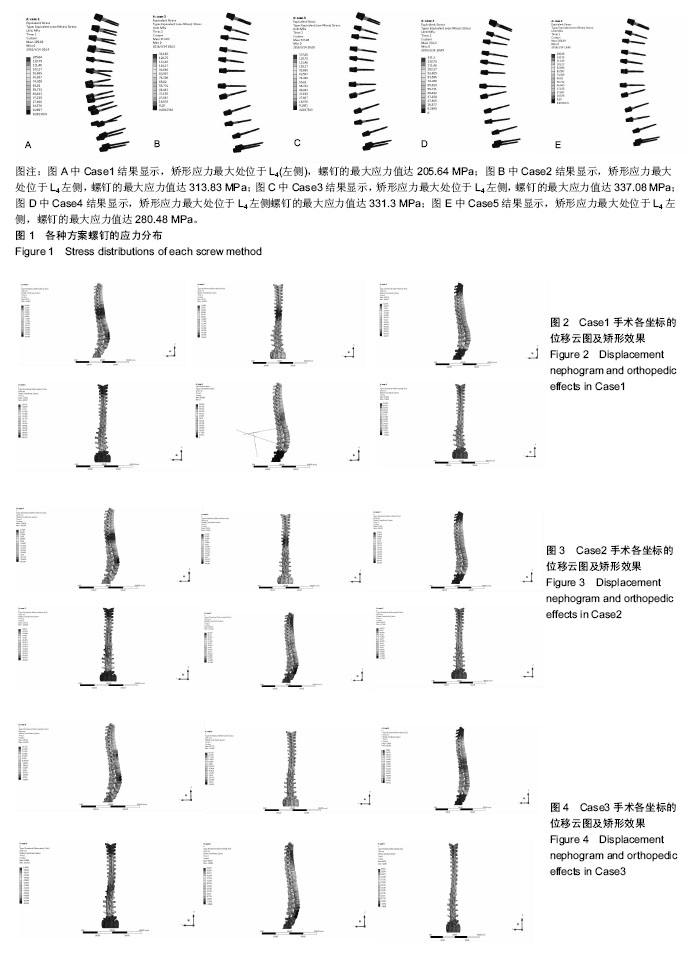
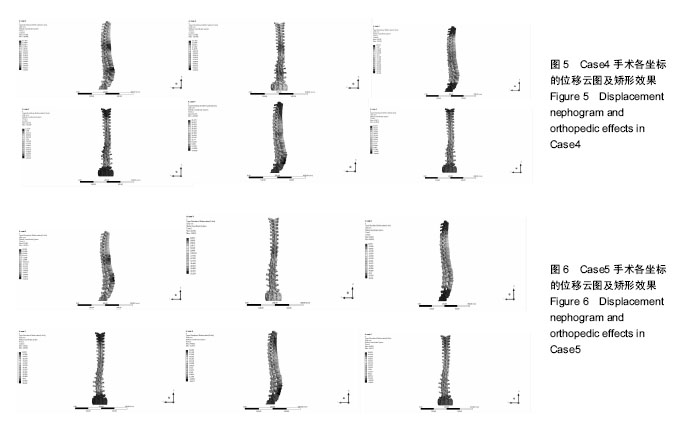
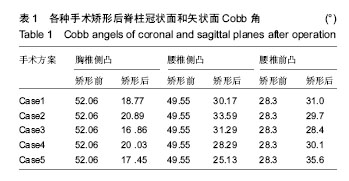
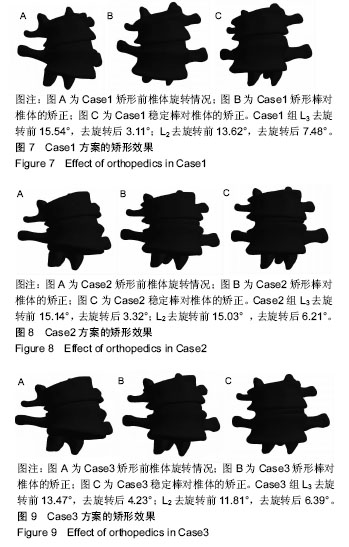
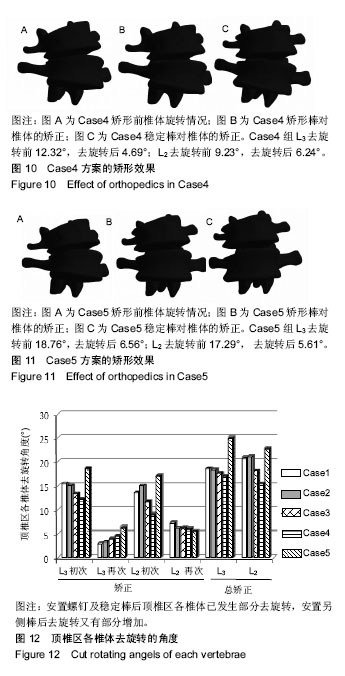
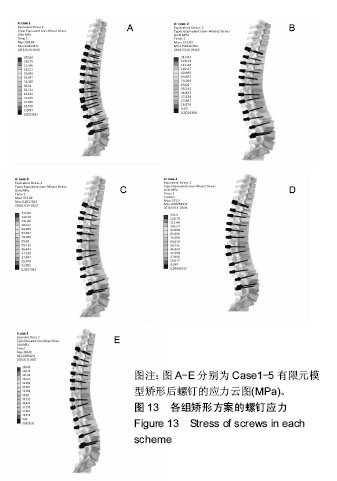
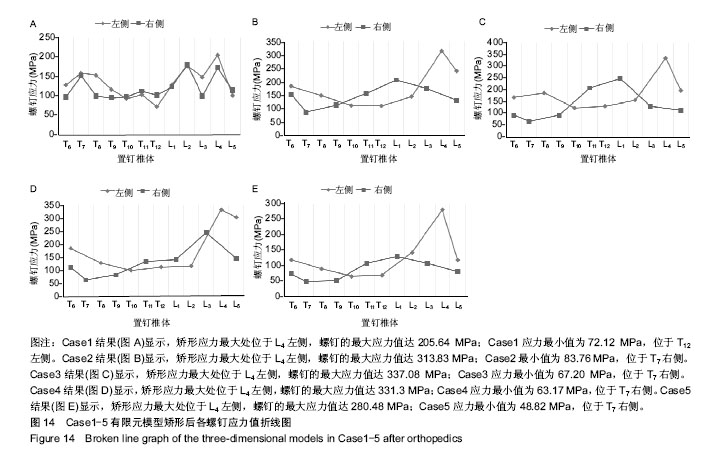
.jpg)
.jpg)